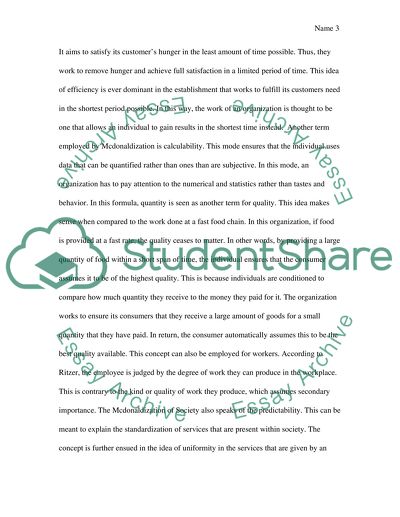Cite this document
(“Understanding Organisations Management Essay Example | Topics and Well Written Essays - 1750 words”, n.d.)
Understanding Organisations Management Essay Example | Topics and Well Written Essays - 1750 words. Retrieved from https://studentshare.org/miscellaneous/1499783-understanding-organisations-management
Understanding Organisations Management Essay Example | Topics and Well Written Essays - 1750 words. Retrieved from https://studentshare.org/miscellaneous/1499783-understanding-organisations-management
(Understanding Organisations Management Essay Example | Topics and Well Written Essays - 1750 Words)
Understanding Organisations Management Essay Example | Topics and Well Written Essays - 1750 Words. https://studentshare.org/miscellaneous/1499783-understanding-organisations-management.
Understanding Organisations Management Essay Example | Topics and Well Written Essays - 1750 Words. https://studentshare.org/miscellaneous/1499783-understanding-organisations-management.
“Understanding Organisations Management Essay Example | Topics and Well Written Essays - 1750 Words”, n.d. https://studentshare.org/miscellaneous/1499783-understanding-organisations-management.


